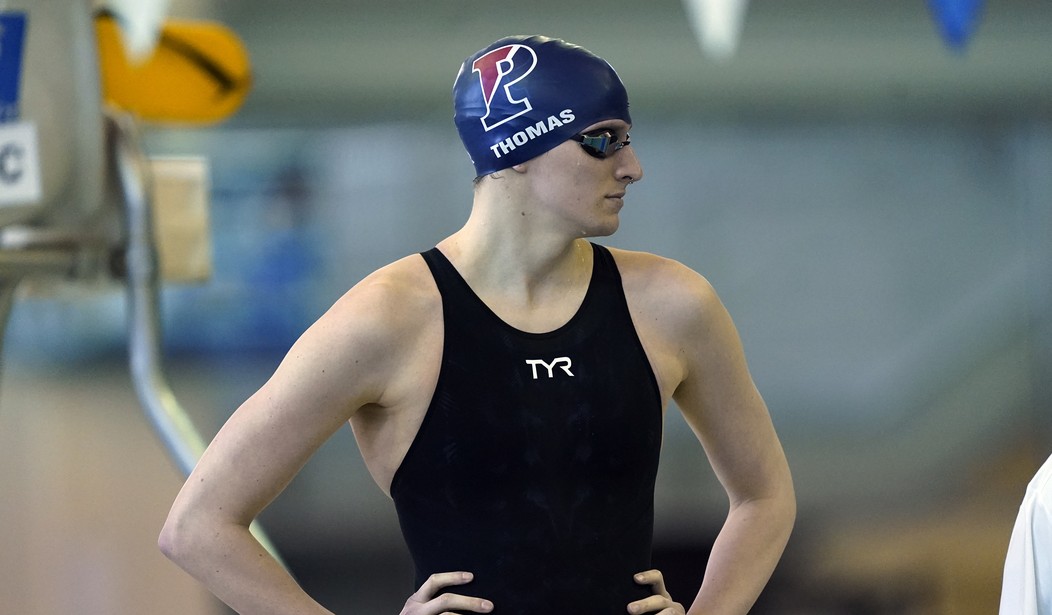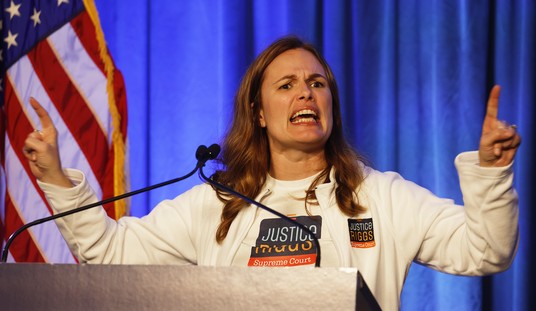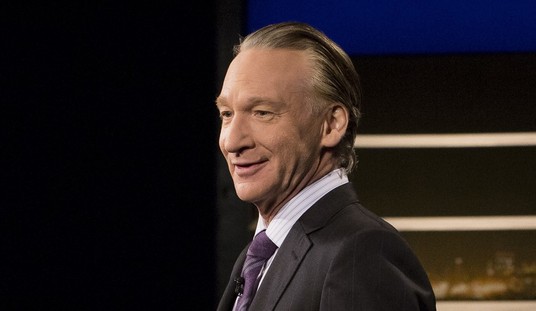The entire "dudes in women's sports" idea is fundamentally flawed. It's shockingly unfair to girls and women in sports. The differences between men and women in speed, strength, stamina, and almost every measurable athletic attribute are so great as to be differences in kind, not in degree, which makes the very idea of allowing "transgender women" — as in, men — categorically unfair.
The International Olympic Committee's framework on "fairness, inclusion, and nondiscrimination" is based on this notion. Now, there is evidence, fact-driven evidence, showing these facts.
A recent study published in the Scandinavian Journal of Medicine & Science in Sports has driven several more nails in the coffin of "transgender women" in women's sports.
Some specific items of interest:
...we argue that the IOC Framework does not align with existing scientific and medical knowledge and we question several of the recommendations regarding implementation. The IOC framework does not provide suitable guidance to sports authorities to protect the female category in sports. In this article, we outline areas that need further consideration and describe existing evidence and principles that sports should consider to ensure fairness and safety in female sports.
That's where this all begins: an expression, in effect, of skepticism about the IOC's framework; that's where scientific inquiry starts. Here's the operating assumption:
It is incoherent for the IOC to take a stance of “no presumption of advantage” when a transitioning transgender woman athlete comes directly from a population with an inherent and well-established male biological advantage. It would be more logical to assume a biological advantage until proven otherwise, especially as several physical attributes (e.g., stature, heart, lung, bone, and muscle size) have not been shown to be reversed with any treatment, as we describe subsequently.
"Incoherent" doesn't quite cover it, of course; the problem is that the IOC's statement isn't based on science, facts, or fairness; it's purely a political/social agenda item. And it's not only based on this presumption but also results in actual women being pushed out of championships and scholarships and increases the risk of injury.
See Related: MMA Fighter Highlights Everything Wrong With Men in Women's Sports
Australian Amateur Soccer Team Magically Wins Women's-Only Title—With 5 Biologically Born Males
Here's where the study brings the facts to the table.
In adulthood, circulating testosterone concentrations do not come close to overlapping between females (0.1–1.7 nmol/L) and males (7.7–29.4 nmol/L). It is well established that exposure to higher levels of testosterone during male versus female development promotes the development of male sex characteristics (e.g., larger muscle mass, heart size, lung capacity, bones, strength, and circulating hemoglobin) that are integral for sports performance. Thus, it is not the adult level of testosterone that predicts the performance of an individual athlete, but rather developmental exposure to testosterone and the development of male secondary sex characteristics that underpin the existence of the male category and category-level differences between the sexes.
And testosterone suppression after puberty doesn't help, either.
The IOC framework suggests that testosterone concentrations could be investigated as a means to mitigate performance in transgender women. However, no study has demonstrated that transgender women with suppressed testosterone levels after puberty reach biological or physical parity with females. Conversely, numerous studies have shown that biological differences persist after testosterone is suppressed, with physical performance implications. There is no plausible biological mechanism by which testosterone suppression could reduce height and associated skeletal measurements (e.g., bone length and hip or shoulder width) that may confer a discipline-dependent performance advantage. Consequently, no study has reported reductions in skeletal advantages in transgender women who suppress testosterone after puberty.
OK, this is a long, detailed piece of work, but there's a conclusion:
The IOC framework on fairness, inclusion and nondiscrimination on the basis of gender identity and sex variations is misaligned with current scientific and medical evidence and offers insufficient protection of fair competition for female athletes within a female category. Also, it does not adequately engage female athletes, who are primary stakeholders in their sport. Male pubertal development results in large performance advantages in athletic sports, which necessitates a female category that excludes male advantages, to ensure equal opportunity through fair competition for female athletes at all levels of sport. There is currently no evidence that testosterone suppression in transgender women can reverse male development and negate male advantages. In contrast, there is convincing evidence that the male advantage persists even when testosterone is suppressed.
This, folks, is how actual science works. This study is a textbook example. The authors formed a hypothesis, tested it, and confirmed it. They found:
There are significant physical differences between men and women in size, strength, bone density, stamina, endurance, and every measurable athletic attribute. These differences are inherent.
An increase in testosterone level at puberty is a primary, but not the only, driver of these differences.
Suppression of testosterone after puberty cannot reduce skeletal structure and muscle mass to parity with women and is insufficient to bring "trans women" to the level where they can compete fairly with women.
These are facts. This study, as others before it, shows very clearly that the premise of allowing men in women's sports is scientifically flawed, and the International Olympic Committee's "framework on fairness, inclusion, and nondiscrimination on the basis of gender identity and sex variations" is fundamentally wrong.
Facts. Evidence. An inescapable conclusion. This is how science is supposed to work.
Here's the full citation for this study:
Lundberg, T. R., Tucker, R., McGawley, K., Williams, A. G., Millet, G. P., Sandbakk, Ø., Howatson, G., Brown, G. A., Carlson, L. A., Chantler, S., Chen, M. A., Heffernan, S. M., Heron, N., Kirk, C., Murphy, M. H., Pollock, N., Pringle, J., Richardson, A., Santos-Concejero, J., . . . Hilton, E. N. (2024). The International Olympic Committee framework on fairness, inclusion and nondiscrimination on the basis of gender identity and sex variations does not protect fairness for female athletes. Scandinavian Journal of Medicine & Science in Sports, 34(3), e14581. https://doi.org/10.1111/sms.14581














